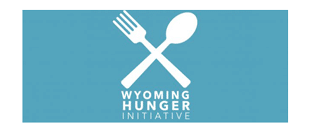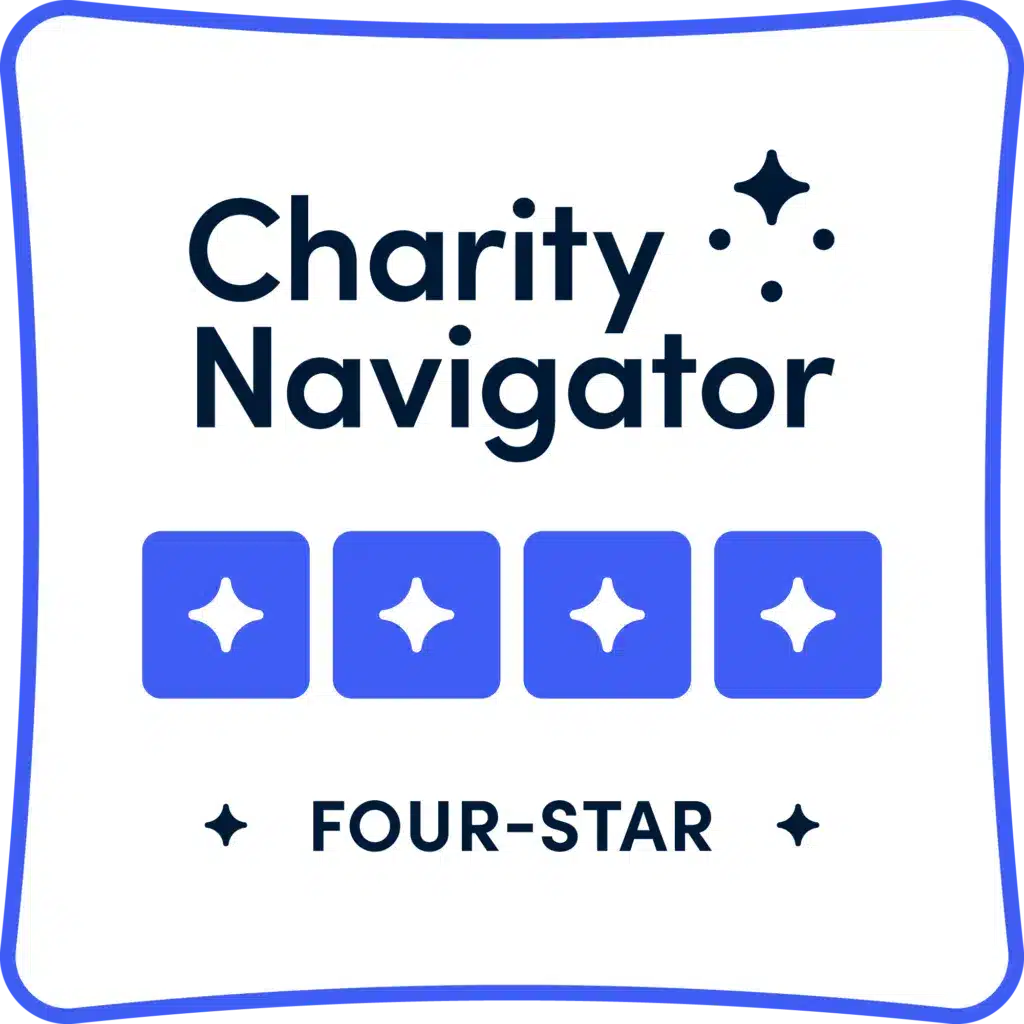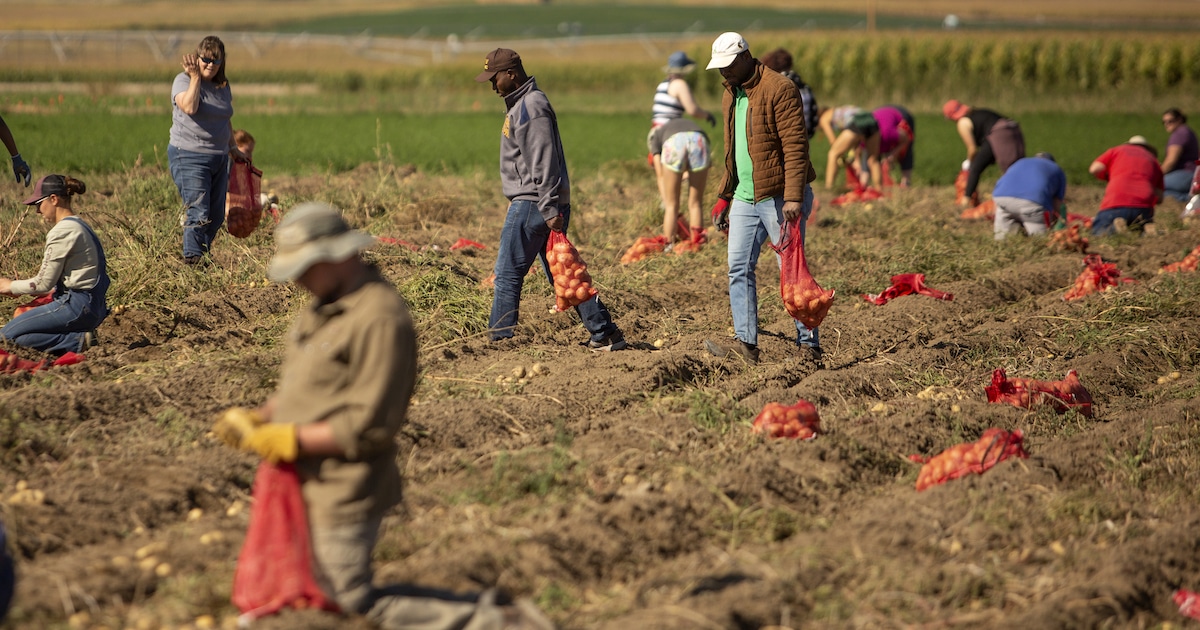
A couple of years ago, Steve Paisley had almost too much of a good thing on his hands: Potatoes.
Paisley, the director of the University of Wyoming’s Sustainable Agriculture Research and Extension Center (SAREC), said the potato research program at the university’s farm outside of Lingle has grown and harvested potatoes for years.
“What it developed into is we’ve done field days with local school kids,” he said, “and we talk about what goes on here, the importance of research and those types of things. Then we finish our tour by giving the kids a chance to dig potatoes on their own.”
After the groups of third and fourth graders finished, there would still be hundreds of potatoes that essentially went to waste.
“We thought, ‘Let’s just donate them,’” recalled Paisley. “And through everyone’s efforts, it kind of developed into a bigger thing, and I think it’s a good opportunity.”
That bigger thing: Donating thousands of pounds of potatoes to Food Bank of Wyoming with the help of Cent$ible Nutrition Program, which is part of Wyoming’s Nutrition Action Coalition.
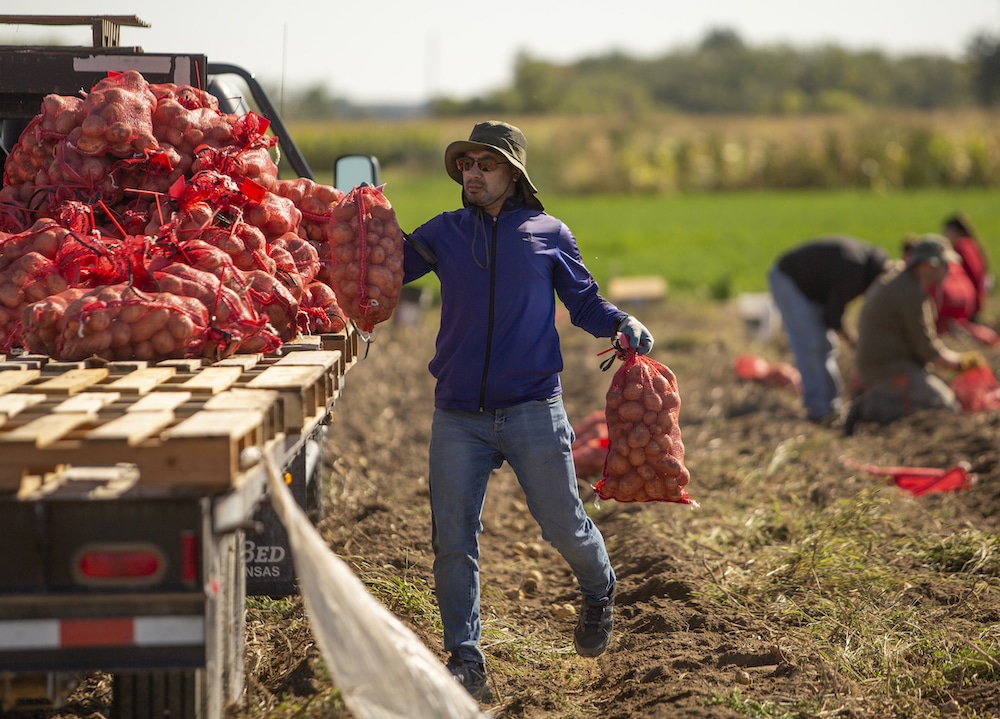
Kali McCrackin Goodenough, program manager at the Cent$ible Nutrition Program, helped facilitate the process and said the partnership makes the most sense, especially when factoring in the Food Bank’s vast distribution ability and connections to pantries around the entire state. Growing food in-state also has its benefits.
“If we order food from Colorado or other places, often by the time it gets here it’s on its last legs,” she said. “So the beauty of being able to harvest it in Wyoming and get it out is that it’s fresh right from the field; there’s very little travel time because it goes straight from the fields to Food Bank of Wyoming. It doesn’t have to sit on trucks for a long time.”
This year’s harvest, which took place in late September, was significantly increased compared to other years, according to UW-SAREC research economist Brian Lee. That was intentional: the planting acreage was doubled specifically to have more potatoes to donate.
Lee said potatoes have a lot going for them in this region, as well as on plates and tables.
“There used to be a lot of potatoes grown here in the Platte Valley, so the reason we chose potatoes is because we know they grow here, and they’re also really good at feeding people,” he explained.
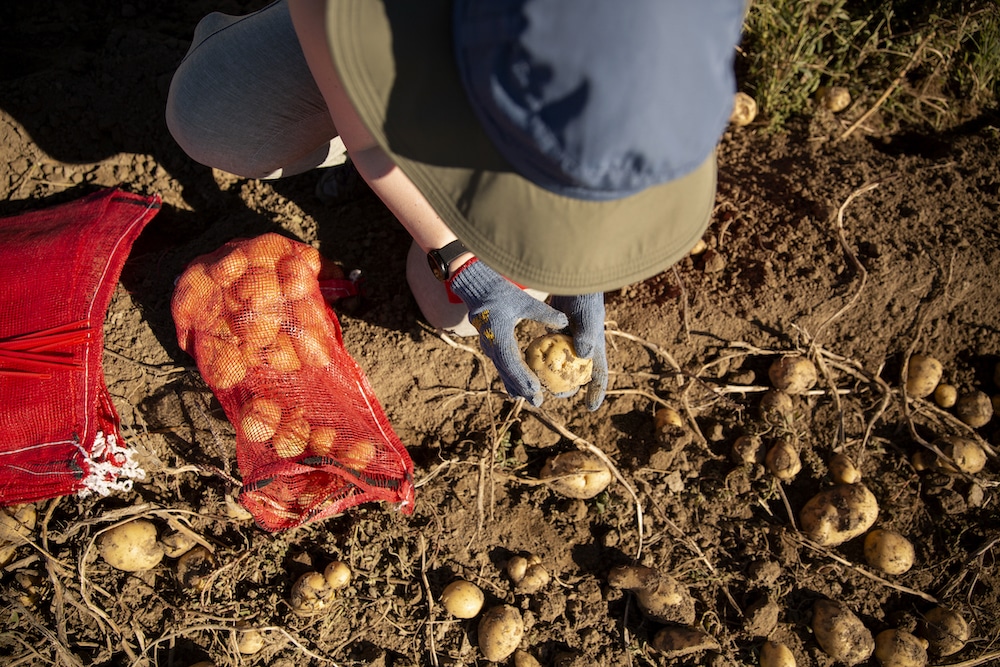
Lee added that the average person eats about 120 pounds of potatoes a year, and they’re quite hearty. “Instead of a perishable crop like carrots or corn or something like that, you can put these in your garage until January,” he said.
The aim for this year’s harvest was 10,000 pounds. After dozens of volunteers from the community and university — along with inmates from the Wyoming Women’s Center who traveled from Lusk — nearly 11,000 pounds ultimately made it onto pallets that were picked up just a few days later by Food Bank of Wyoming.
“It’s nice to know that the food came right out of the fields here in the state and is going right into our communities,” said Goodenough.





